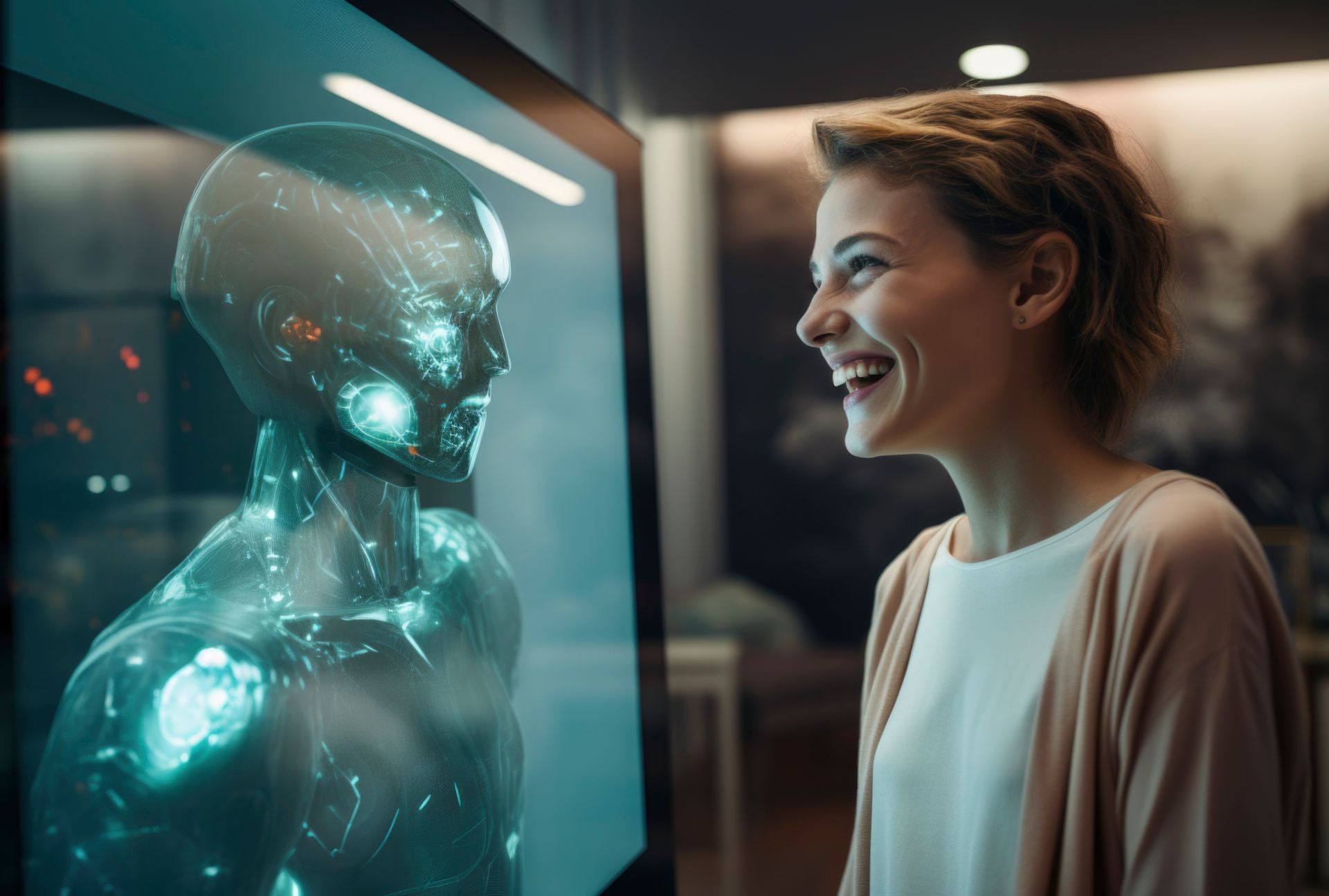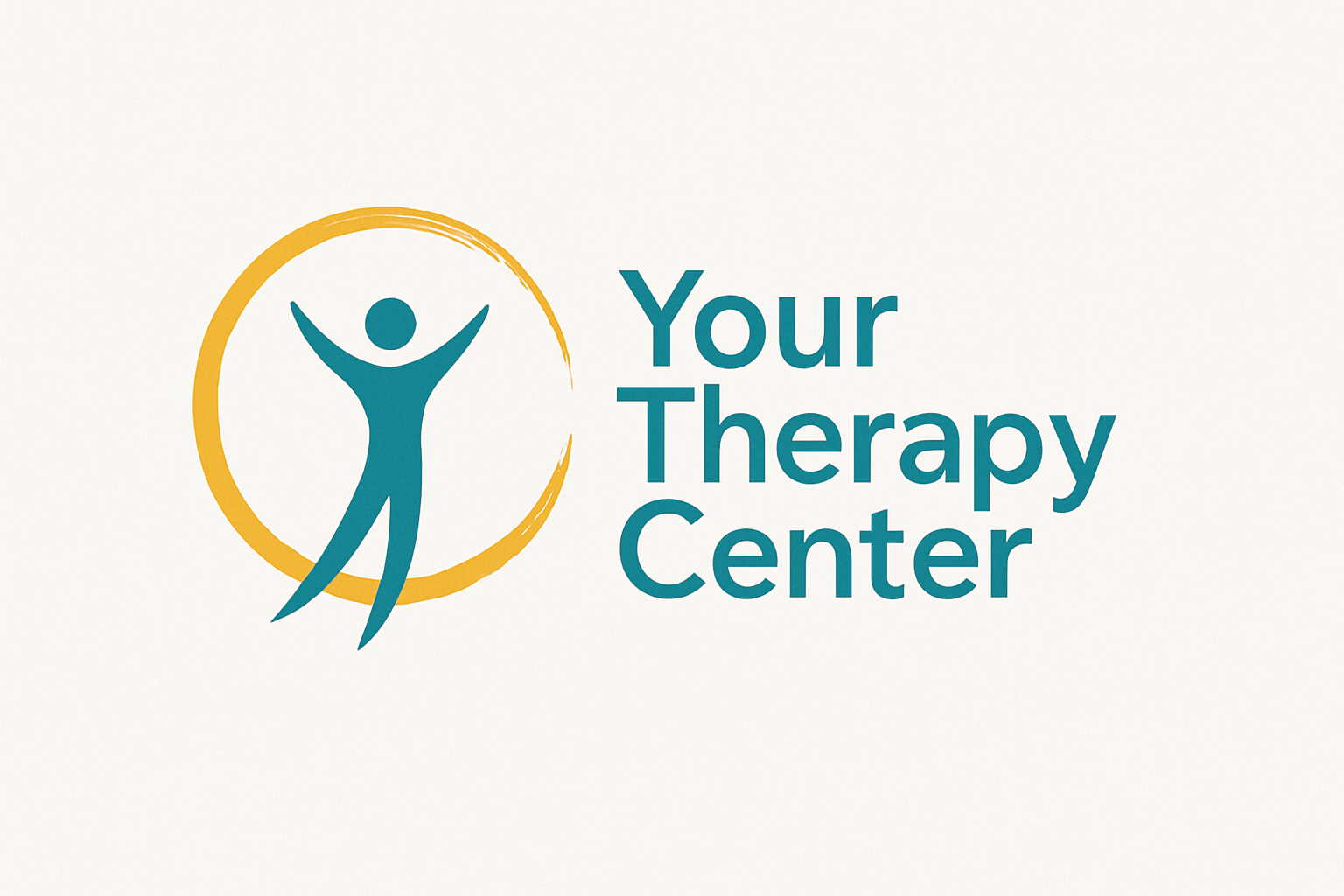Mindfulness in the Age of AI: Staying Human in a Digital World
We live in a time where artificial intelligence is reshaping the way we work, connect, and even care for ourselves. Algorithms suggest what we should read, eat, and watch; virtual assistants schedule our days; and AI-driven apps promise to boost our focus or emotional wellbeing.
While technology can make life more efficient, it also invites a deeper question: How can we stay human in a digital world that never slows down?
The Paradox of Connection
In theory, we’ve never been more connected — yet so many people report feeling anxious, distracted, or lonely. Notifications, messages, and screens compete for our attention every few seconds. Our minds are constantly processing information but rarely resting in the present moment.
This is where mindfulness becomes not a luxury, but a necessity.
Mindfulness is the art of awareness — noticing what is happening right now, without judgment. It reminds us that behind every digital interaction, there is still a living, breathing human being. It helps us pause, breathe, and reconnect with what matters most: presence, compassion, and meaning.
How AI Challenges and Supports Mindfulness
Artificial intelligence can easily amplify our distractions. Recommendation algorithms are designed to keep us scrolling; chatbots can simulate empathy without real connection. If we are not intentional, we may end up outsourcing not only our tasks but our inner life — our thoughts, emotions, and decision-making.
Yet, AI can also support mindfulness, if we use it consciously:
Meditation apps can help establish daily routines.
Journaling tools can encourage self-reflection.
AI reminders can prompt us to take breaks or breathe.
The key lies in how we use technology, not whether we use it. Mindfulness invites us to create space — to interact with technology rather than react to it.
Practical Ways to Stay Grounded
Single-task instead of multitasking. Focus on one thing fully — a conversation, a walk, a meal.
Schedule digital breaks. Silence notifications for 30 minutes a day and notice your body’s response.
Use technology intentionally. Ask yourself: Is this helping me feel connected or more distracted?
Practice mindful breathing before and after screen time.
By turning small daily moments into opportunities for awareness, we reclaim our attention — our most valuable human resource.
Rediscovering Our Humanity
AI will continue to evolve, but the essence of mindfulness — awareness, compassion, and presence — will always remain uniquely human. No algorithm can truly replicate the depth of being seen, the warmth of empathy, or the quiet wisdom of silence.
When we bring mindfulness into our relationship with technology, we don’t reject progress — we humanize it. We remind ourselves that even in a digital world, we are not machines — we are beings capable of feeling, connecting, and choosing with intention.






